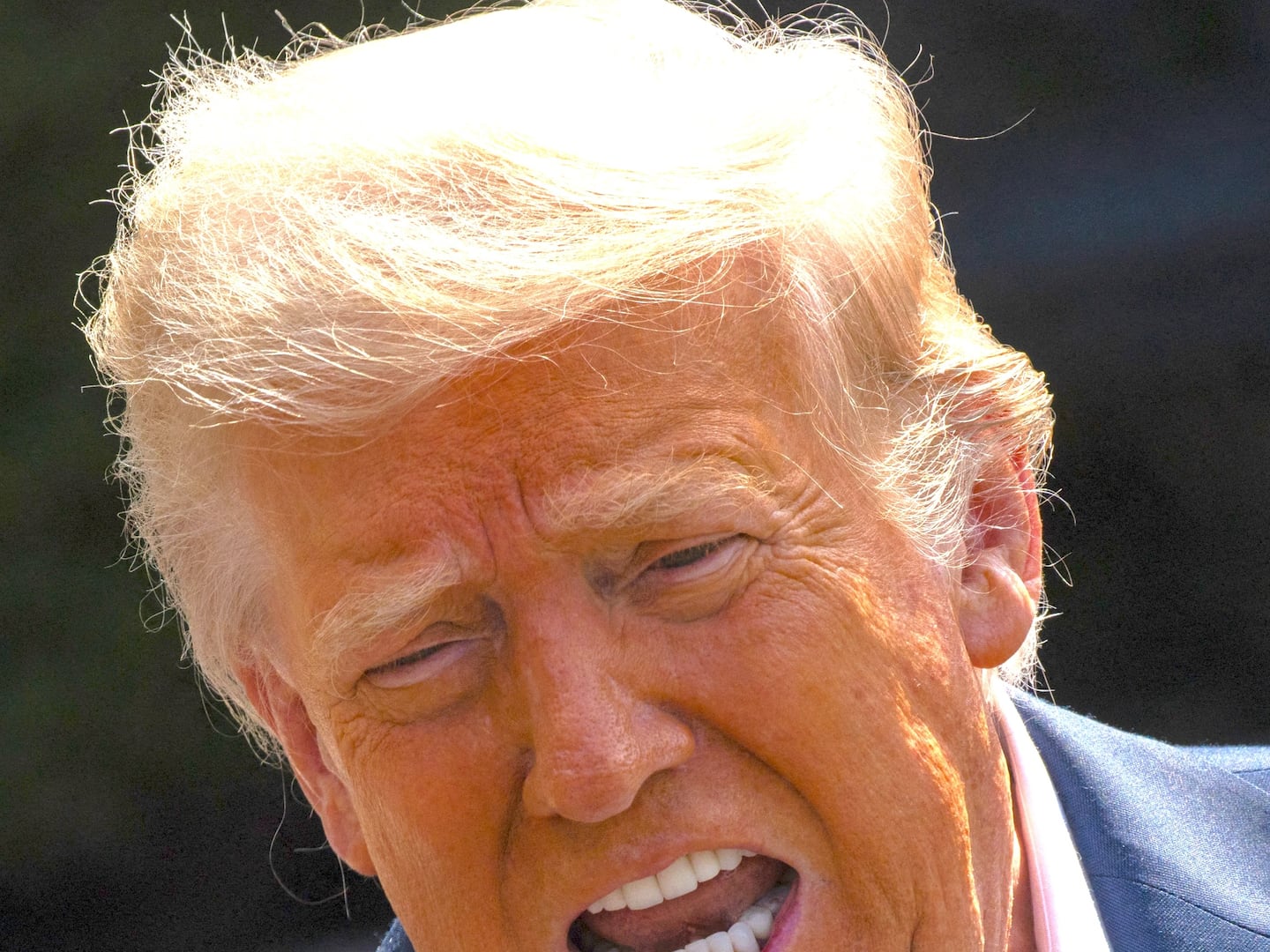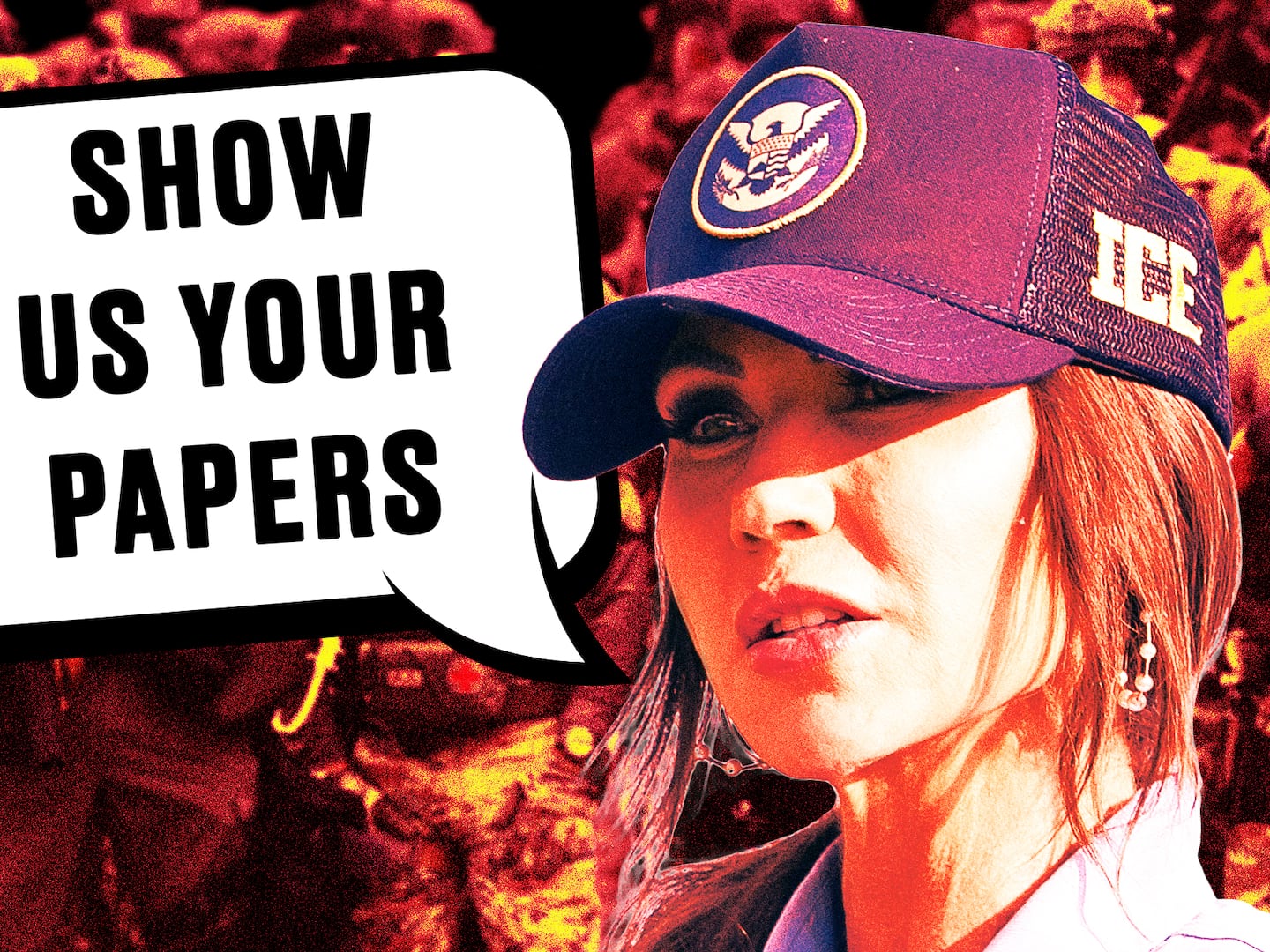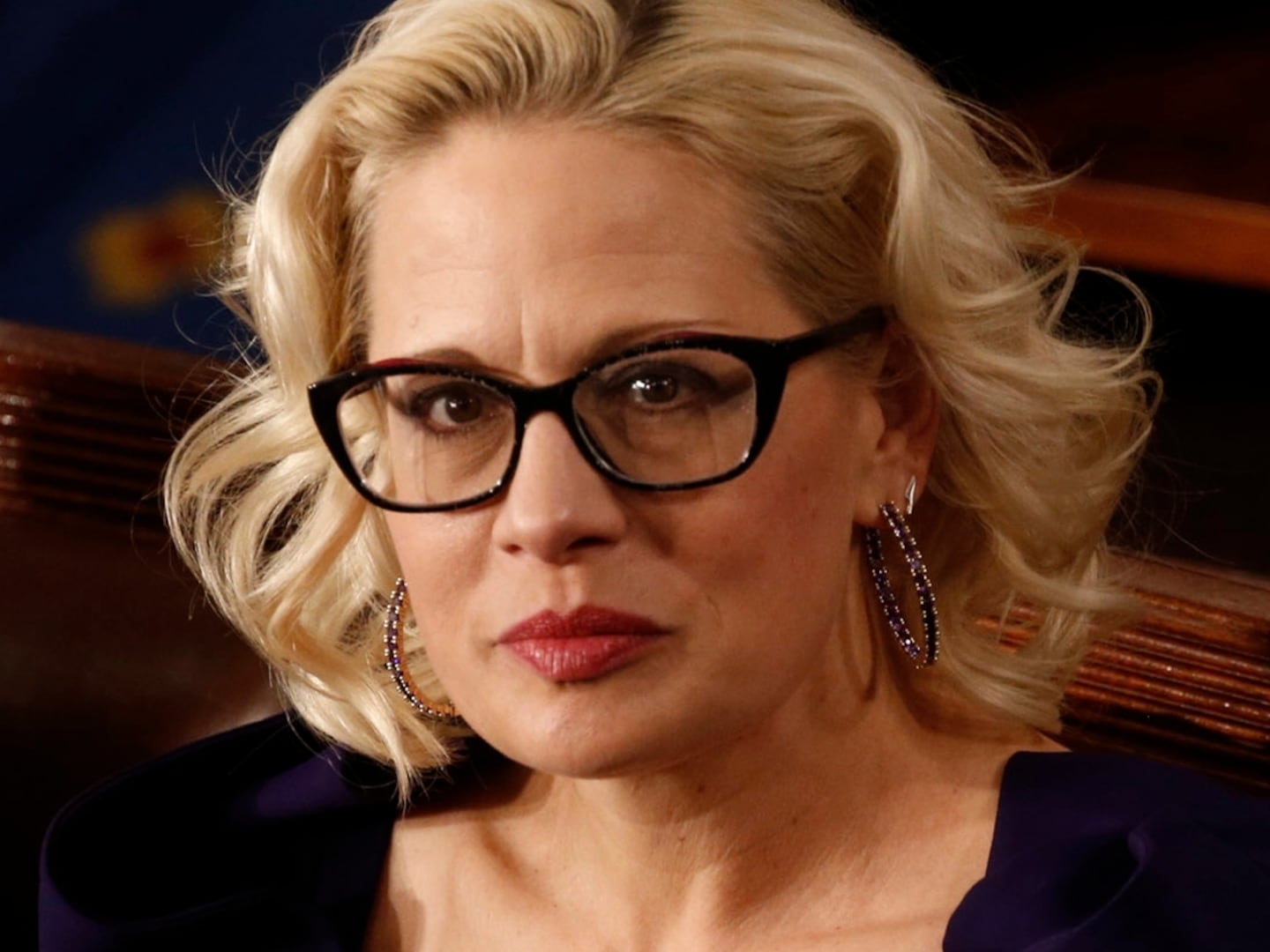MEXICO CITY — Late last month, the bodies of two Catholic priests were discarded like refuse along a stretch of highway called the “Devil’s Curve” in rural Veracruz province.
The youngest of the pair, Father José Suárez de la Cruz, lay face down in the blood-soaked grass, wearing what remained of his clerical clothing: the killers had used his green liturgical stole, embroidered with large gold crosses, to bind his hands together behind his back. His feet, too, were bound; his white robe lay beside him, and white cloth covered his head.
Beside him lay the body of 50-year-old Father Alejo Nabor Jiménez, shot nine times.
Hours after the gruesome find in eastern Mexico last Monday, a third priest, Father José Lopéz Guillén was abducted in Michoacán.
The Archdiocese of the Michoacán capital, Morelia, released a video in which Cardinal Alberto Suárez Inda announced the priest had been abducted from his parish home, and that his vehicles were missing. The cardinal prayed for the priest’s safety, and asked that whoever took him “respect his integrity and life, so he may return soon to his work at the ministry.”
Lopéz Guillén’s bullet-riddled body was found a week ago Saturday night, wrapped in a blanket, in an area outside of Janamuato, the 2,000-person town where he was snatched. His corpse was badly decomposed, Authorities said he’d been dead for five days.
As happens often in Mexico, local authorities sowed confusion about the circumstances of the murder.
Initial reports about the murder of the priests in Veracruz said that late on that Sunday night, September 18, an armed commando abducted them from Our Lady of Fatima church in the town of Poza Rica after the final service of the evening. But authorities tell a different story.
State prosecutor Luis Ángel Bravo insists the men knew their attackers, and had been peacefully “sipping liquor” with them on church grounds before the meeting went sour, “due, from what I understand, to alcohol.”
“It became violent, [the killers] took the alms money—about 5,000 pesos (roughly $250)—and stole two vehicles,” Bravo said the day after their bodies were found. “They weren’t the object of organized crime, and it wasn’t an abduction either. They were hanging out, having a few drinks, when the meeting took a turn.”
Father Jiménez had served the town’s parishioners for more than six years, and was “beloved by the faithful,” Vicar José Alberto Guerrero of the Papantla Diocese told the Milenio. Father De la Cruz, the young sacristan, was new to the town of Poza Rica, and reportedly arrived less than a month before his murder.
Prosecutor Bravo claims robbery is the primary motive, and insists that organized crime had nothing to do with the deaths. The state has identified three suspects—small-town minimart thieves, he said—none of whom have been arrested or questioned yet.
Bravo’s comments upset Mexico’s religious leaders who categorized his rushed statements as “shameful” and “gravely irresponsible.”
“That they may have been drinking does not justify their death,” said Father Hugo Valdemar Romero, a spokesman for the Mexico City Archdiocese. He called the prosecutor’s comments a “moral assassination.”
The governor of Michoacán, Silvano Aureoles Conejo, said that when Father Lopéz Guillén went missing “the priest was with a 16-year-old boy. He ordered food, tortas, sodas, and a few other things for consumption, and that was the last that was heard from them.”
The following day, feeding off the governor’s assertion, national news outlets began circulating a video that purported to show the priest and a young boy leaving a hotel together. But the man in the video was not the priest. And the news agency that first erroneously reported on the governor’s lead retracted the article.
Moral assassination indeed.
In less than four years, 15 priests have been murdered across the country—in Veracruz, Michoacán, Guerrero, Baja California, Colima, Mexico State, and Guanajuato. At least three other priests are missing, in Michoacán and Tamaulipas.
“Statistically we are considered the most dangerous country in the world to work for the ministry,” Father Valdemar of the capital’s archdiocese said last Thursday. “Even more than countries facing the Islamic State and religious persecution against Christians.”
Many violent incidents don’t make it into the statistics at all. They go unreported or are not revealed until well after the fact. And reporting on them can carry a de facto death sentence.
Veracruz, a hotbed for cartel activity, has gained particular notoriety in recent years for its crimes against journalists as well as religious leaders, and in some cases the two are linked. Neither a clerical collar nor a pen are protection when denouncing abuses.
Last year, after receiving repeated death threats, Moisés Sanchéz Cerezo, a journalist who funded a small local publication in Veracruz by moonlighting as a cab driver, was kidnapped by a convoy of armed men. The entire city police force of Medellín de Bravo was taken in for questioning, but the secrets the police divulged came too late. The journalist’s headless corpse was discovered weeks later, wrapped in black plastic garbage bags.
According to the same Veracruz prosecutor, Luis Ángel Bravo, the killing was ordered by Medellín’s deputy police chief, Martin Lopez Meneses, who also served as the mayor’s personal chauffeur and bodyguard, on behalf of then-Mayor Omar Cruz Reyes. The cop who confessed to the killing said the journalist was killed for “shaking the hornet’s nest.”
The deputy police chief spent 10 months in jail, but was later released due to lack of evidence. The fugitive mayor has also managed to evade the justice system, and his whereabouts remain unknown.
Bravo, Prosecutor Bravo.
According to the Archdiocese of San Luis Potosí, in 2015 alone, two priests were abducted from different towns in the state. They were beaten and tortured, but managed to survive.
A third abduction was foiled in San Luis Potosí this July, when an armed commando burst into a small church in Mexquitic de Carmona, in the middle of mass, demanding that the parishioners hand over the priest so they could “take him to the boss.”
The men tied up three church employees, but were outnumbered by churchgoers, who reportedly saved the priest by impeding the kidnappers, and ushering him to safety. The criminals fled the scene in a taxi, but were followed by cars filled with members of the congregation, who were eventually joined by the police.
No one was killed, but the church secretary, who had been tied up, reportedly fractured both of her legs after leaping down from a height of about 15 feet while attempting to escape.
Now, we’ve seen three priests have been killed in Mexico in the span of one week.
Violence against Catholic clergy is nothing new here. Since 1990, at least 56 religious leaders have been killed in Mexico, including one cardinal.
In 1993, Tijuana’s Arellano Felix Cartel made headlines after a shootout at the Guadalajara airport left Cardinal Juan Jesús Posadas Ocampo and six others dead. The day Cardinal Posadas was gunned down, curiously, the Holy See’s top representative in Mexico was headed to the Guadalajara airport to pick him up.
In the months after the cardinal’s death, two Tijuana cartel brothers, Ramón and Benjamin Arellano Félix, met separately with Pope John Paul II’s representative—the first apostolic nuncio to Mexico, Italian Archbishop Girolamo Prigione—to plead their innocence in the cardinal’s death. Prigione, who died this past May, eventually acknowledged the two separate meetings occurred.
During those encounters, he blessed the drug trafficking brothers—who at the time were responsible for about 40 percent of the cocaine entering the United States—and at their behest visited with top Mexican officials, including then-President Carlos Salinas de Gortari, to relay their message.
According to the Mexican government, the cardinal’s death was a mistake that arose when armed hitmen for the Arellano Félix Cartel confused the clergyman for, of all people, Joaquín “El Chapo” Guzmán Loera, the infamous leader of Tijuana’s rival Sinaloa cartel.
The Mexican government cleared Benjamin Arellano Félix of charges related to the cardinal’s murder, and in 2011 he was extradited to the US to face drug trafficking and money laundering charges.
Posadas’s death has never been fully clarified. But this event exposed the fact that the three most powerful forces in Mexico—the cartels, the State, the Church—often are linked inextricably, even fatally.
Does this collusion explain the murders of so many priests? Perhaps in some cases. But as we have seen many times in the modern history of Latin America, and especially of Mexico and Central America, there is an evident divide between a church hierarchy that identifies with the powerful and insists on dogma, and those parish priests who, identifying with the poor, seek to protect them in this world while saving their souls for the next.
Father Alejandro Solalinde, a dissident priest who is known for standing up to Mexico’s powerful church leaders, government, and criminals, talks about “a sickness” within church ranks, and “an evil” within Mexico’s power structure.
Today’s religious orders in Mexico no longer face the religious persecution seen in the almost forgotten period of history following the Mexican Revolution, when “priests and laymen who had steadfastly defended the faith were abandoned to the cruel vengeance of their adversaries,” as the Church decried. That was in 1932, midway through the Cristero War, when priests across Mexico were summarily slaughtered for practicing the teachings of the Church—then viewed as a rival political power by the Mexican government.
Father Solalinde says the Church and State have since become “allies”—although they “occasionally fight, like any couple.”
“Mexico’s political class, and the Catholic Church are the peaks of power,” Solalinde told Tijuana newspaper Zeta in July. “We are a people abandoned by the government and the Church.”
The rebel priest often speaks out about the silence and inaction of the church hierarchy, which itself has benefitted from the yields of the drug war.
The Our Lady of San Juan de los Lagos church in Pachuca, Hidalgo, is one of many examples of parishes profiting from Mexico’s violence. It was built in 2009 “in honor of Pope John Paul II,” as the dedication plaque reads, but paid for with blood money donated by Heriberto Lazcano Lazcano, aka Z-3, a founding member of the Zetas cartel.
The church entrance was adorned with a hand-painted portrait of Lazcano’s face, and marked by a massive 50-foot metallic cross, which matches the one flanking the entrance of the mausoleum the deceased soldier-turned-drug-lord built for himself less than a mile away, in anticipation of his death.
According to state authorities in Coahuila, where the drug boss died in a 2012 shootout with Mexican marines, his corpse was stolen from a funeral home by an armed commando, but it is unknown whether it now rests inside his tomb.
The now-deceased former Bishop of Aguascalientes, Monseñor Ramón Godínez, when asked about “narco-alms” once famously said, “Of course the cartels donate money. If it is ill-gotten money then the Church can clean it.”
“The first thing our hierarchy should do is to ask forgiveness of the Mexican people—a mea culpa,” Father Solalinde said last year, surrounded by clergymen, during a speech on corruption and violence in Mexico. “Where are the Church leaders? Why aren’t they helping?”
Solemnly, he noted that he “can fight the cartels, the Zetas, the politicians, but cannot fight the Church.”
Solalinde has often come under fire for his controversial statements, and unconventional sticking-out-his-neck defense of migrants and human rights, but he has not shied away from speaking the truth as he sees it.
As a result, Solalinde has been a target repeatedly of violence in Mexico. He knows firsthand the troubles that the pious and the people face in this country.
“I’ve received many threats, especially from the political class,” said Solalinde, who temporarily left the country in 2012 after multiple death threats, which he attributed to former Oaxaca governor Ulises Ruiz Ortiz—who was arrested in 2014 on charges of embezzlement, but later released and continues to be accused of murder, extrajudicial killings, and forced disappearances in his state. Ruiz Ortiz went on to become a delegate for Mexico’s ruling party in the state of Quintana Roo, where he enjoys full impunity.
(Sigh, Mexico.)
“The order to kill me will come from Mexico’s political class, not some hitman or sicario, or organized criminals,” Solalinde said last year. “Organized crime has had plenty of opportunities to kill me, two separate cartels—the Zetas, and the Gulf Cartel—and they didn’t do it.”
On May 17, “RIP Father Solalinde” became a national trending topic on Twitter, and he began receiving thousands of online death threats from so-called “Peña-bots”—Internet users and automated accounts. The name comes from the widespread belief that they’re the work of President Enrique Peña Nieta’s crew, who attempt to silence political dissent by disseminating false information, silencing relevant news stories, threatening journalists and activists, and creating pro-government propaganda in defense of the administration.
The harassment against Solalinde persisted for days, and on May 23 two workers at the migrant shelter Solalinde founded in Oaxaca were shot at while loading migrants into a van. The Diocese of Tehuantepec in Oaxaca released a statement in which it identified the shooter as a small-town politician affiliated with the PRI, Mexico’s ruling Institutional Revolutionary Party, who had previously petitioned to have the shelter closed.
For Alberto Escorcia, a journalist and activist working to document techno-censorship in Mexico, this was a defining moment. Escorcia, who has been a leading voice in Mexico in defense of online freedom, and spent years receiving similar threats, found the attack against Solalinde’s collaborators truly terrifying.
It reminded him of the brutal murder last year of photojournalist Ruben Espinosa in Mexico City, who fled the state of Veracruz facing death threats after upsetting Governor Javier Duarte when a photo Espinosa took of a “chubby Duarte” made the cover of investigative magazine Proceso, followed by the caption “Veracruz: Lawless State.”
Espinosa had said that if anything happened to him, it would be because of the governor. Now he, along with many other journalists in Mexico, is dead—murdered in a Mexico City apartment, along with four women, including a human rights activist and a housekeeper.
Mexico has supplanted Colombia as the most dangerous place to be a priest, but with two more journalists killed in Mexico in recent days—at least a dozen have been murdered this year—it is now also the most dangerous place in the world to be a journalist, according to Reporters Without Borders.
“After the attack on Father Solalinde’s collaborators, I realized that it is foolish to not be frightened,” Escorcia told me on Thursday. “I realized that online threats can, and do, come to fruition offline. The same people threatening Solalinde—and you—told me repeatedly that I would be next.”
Yes, me. At this point I should explain that weeks before the attacks against Solalinde and Escorcia, I abandoned Mexico temporarily under similar circumstances, after receiving death threats by the thousands, and observing the failure of the government’s “protection mechanism”—a system that is intended to protect journalists and human rights defenders under threat.
As a letter sent by legislators to Mexico’s Interior Ministry explains, the “relative peace” Escorcia felt at the beginning of the year was disrupted after Escorcia denounced two cases: “the threats against Andrea Noel, and those that Father Solalinde suffered.”
Escorcia fled to Spain within days of the attack against Solalinde’s colleagues, requesting asylum from the Spanish government with the help of press freedom organization Article 19.Although Solalinde, Escorcia, and I have each left Mexico for three-month periods in response to un-ignorable death threats, we have all since returned to Mexico to continue working—each in our own role.
Solalinde once made proclamations along the lines of “over my dead body,” insisting that he would not leave Mexico and abandon the migrants “even if they killed him.”
Escorcia and I, and most others, are more reluctant to offer up that suggestion. But the government has done nothing to guarantee the safety of journalists, religious leaders, and citizens at large.
That surprises no one in a country known as “the land of impunity.”
Solalinde, for his part, expects little from the government, but asks: “Where is the Church?”
In Mexico, roughly 83 percent of the population considers itself Catholic, and the Church holds great social power.
A week ago Saturday, for example, hundreds of thousands of religious people dressed in the colors of purity took to the streets across Mexico for Church-backed protests, encouraged by Mexico’s religious leaders, to come out in opposition to same-sex adoption and gay marriage—which became a reality last year after a Mexican Supreme Court ruling declared such marriage bans “unconstitutional.”
The organizers of the event “in defense of the family”—the traditional “man and a woman” type of family—called the peaceful protest “unprecedented,” claiming more than 1 million marched in dozens of cities across the country. The BBC reported it among the largest marches of its type since the 1930s’ Cristiada period.
But now, instead of crying “¡Viva Cristo Rey!” as they did during the days of religious persecution, they chanted “¡Viva La Familia!”
What they should have been demanding is “¡Viva La Vida!” in defense of people across Mexico who have a right to live securely and in freedom.
I spoke to a journalist on Tuesday who survived being kidnapped and beaten by cartel members in Tamaulipas—one of the few who has been so fortunate.
He said: “If priests are being affected by violence in Mexico, it’s a direct result of the Church’s omission, their failure to take a genuine stand against the violence that is plaguing the country.”
“If the Church insisted, there would be millions of good Catholics marching through the streets, demanding the government take action and combat the violence,” he said, adding that it is not in the Church’s interest to upset the will of the government. “Now, instead of demanding peace and an end to this era of impunity, the Church is lining up to complain about gays.”
“But homosexuals aren’t threatening to destroy Mexico’s families—as the Church claims—they aren’t leaving children orphaned, and making refugees of hard-working people. It’s the narcos and the bad government,” he said. “It’s the violence we all face every day that is ruining our families.”
It’s a common refrain in Mexico following the protests: The Church is silent when it needs to speak up—but loud when it should just shut up.
Pope Francis, speaking from St. Peter’s Square on Sunday after the massive marches in Mexico, said he “willingly joins the Bishops of Mexico” in defense of the traditional family. He added that he prays for an end to the violence in Mexico, but—beyond prayer—made no specific call to help bring peace to the country, when he could have told parishioners to better direct their energy toward something that could actually help “save the families” in Mexico.
“God won’t save me,” Solalinde said, when asked about the threats he faces while working to help the people of Mexico. “God will be with me always, to inspire me and lift me up. He will give me the faith, the gift of strength, and the strength of the Holy Spirit. But he won’t save me from the cross.”
The Victorian-era metaphysical poet and priest Gerard Manley Hopkins wrote: “Comforter … where is your comforting? Mary, mother of us, where is your relief?”
Father Solalinde finds great comfort in his faith. But for most here, that comfort is elusive.
Father Solalinde, who is now in his seventies, defiantly continues his mission in Mexico, seemingly alone, yet guided by his faith: “Jesus Himself said, ‘Father, if you are willing, remove this cup from me,’ but He did not. Not because that is God’s will, but because He must respect the will of all of us—even the criminals—because He made us free, and that is our great responsibility.”
“I know this to be true,” Solalinde says. “Jesus, the Father, is with me, but that won’t save me from death.”
Indeed. But while death comes to us all, if the killing is to stop, the Government and Church need to assume their responsibilities.






